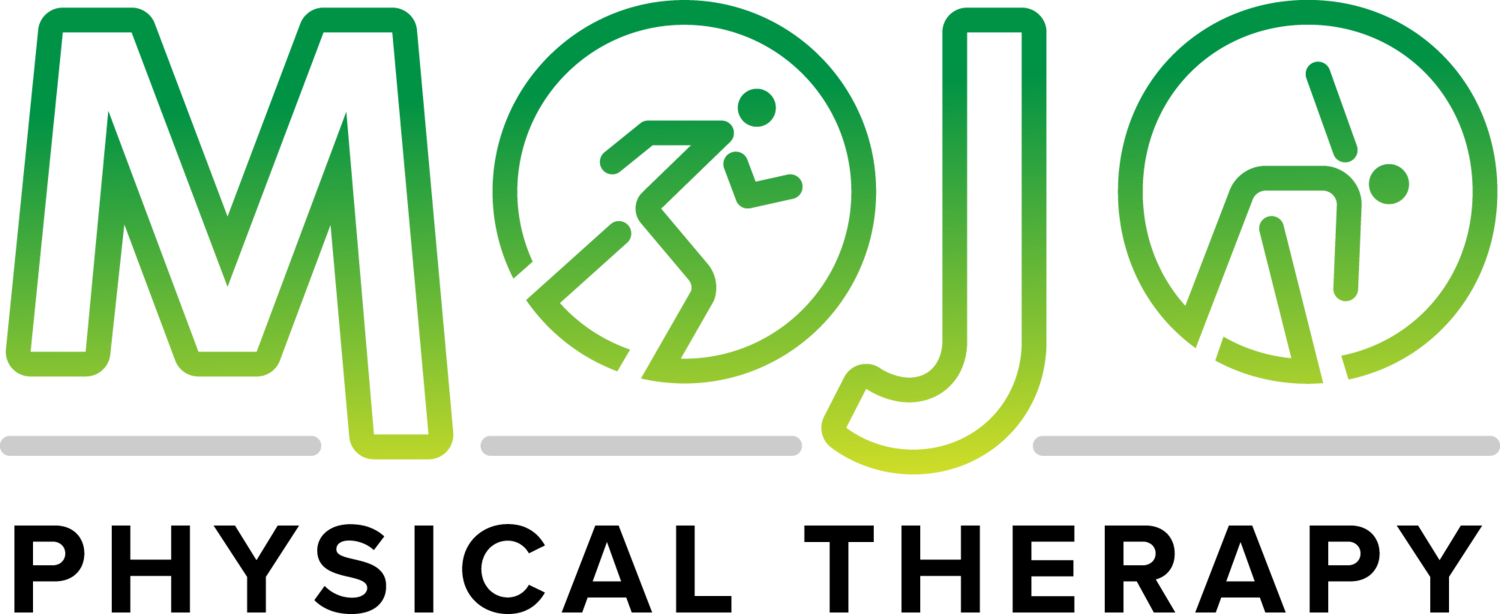Plantar Fasciitis
Plantar Fasciitis
Do you have a pain in your foot or heel? Maybe it’s there the first couple steps when you wake up or it progressively gets worse on a hike. If this sounds familiar you may have plantar fasciitis. Due to inflammation of the plantar fascia pain can be felt on the bottom of your foot, heel, or even in your achilles tendon. There are many possible causes of plantar fasciitis such as overuse, foot mechanics, weight gain, tight calf muscles, and age (40-60).
Common Symptoms:
Heel Pain: The most characteristic symptom is pain in the heel and is often described as a sharp, stabbing sensation.
Pain with First Steps: Pain is usually most intense with the first steps in the morning or after sitting for a prolonged period. This initial pain often eases somewhat with activity, only to return after periods of rest.
Increased Pain After Activity: While the pain may improve with movement, it can worsen after prolonged standing, walking, or high-impact activities.
Tenderness: There is often tenderness when pressing on the heel or the arch of the foot, particularly where the plantar fascia attaches to the heel bone.
Swelling: Mild swelling or inflammation may be present around the heel or the arch of the foot, though this is less common and not always noticeable.
Stiffness: The affected foot may feel stiff, especially in the morning or after periods of inactivity.
Pain Relief in the Evening: Many people find that their symptoms improve by the evening or after they’ve been moving around, although the pain may return later.
Why Choose PT for Plantar Fasciitis?
Stretching Exercises: Physical therapists can guide you through a specific stretching routine to alleviate tension in the plantar fascia and the Achilles tendon. Stretching these structures helps reduce pain and improve flexibility.
Strengthening Exercises: Strengthening the muscles of the foot, ankle, and lower leg can provide better support for the foot and improve overall foot mechanics. Exercises often focus on the intrinsic muscles of the foot, calf muscles, as well as muscles up the chain around your knee and hip.
Manual Therapy: Techniques such as massage, joint mobilizations, and myofascial release can help reduce pain and improve mobility in the affected area. This hands-on approach can address tightness and improve blood flow to the tissues.
Gait Analysis: Physical therapists can analyze your walking and running patterns to identify any abnormalities or issues contributing to your plantar fasciitis. Based on this analysis, we recommend adjustments or exercises to correct these issues.
Activity Modification: Guidance on modifying activities and avoiding overuse movements that exacerbate symptoms can help prevent further irritation of the plantar fascia.
FAQ’s
1. Is Physical Therapy right for me?
Yes! Physical Therapy is a conservative approach that is both safe and has lasting effects. Through different treatment approaches we are able to decrease both intensity and frequency of symptoms while refraining from medications or more invasive treatment. Depending on your symptoms, there can be noticeable improvement in just one session.
2. What can I expect during my first session?
On your first visit, your physical therapist will complete a thorough evaluation looking at contributing factors, medical background, lifestyle, and foot/heel symptoms. After finding your impairments, you will receive hands on treatment the same day to start working towards symptom relief. Your therapist will work with you to create an individualized plan to reach your goals.
3. Why choose Mojo Physical Therapy
We offer a truly one on one experience with a Doctor of Physical Therapy that is specialized in the treatment of vestibular impairments. You will receive a full 60 minute session each visit with no overlap of patients or divided attention of the therapist.
What Are The Next Steps?
